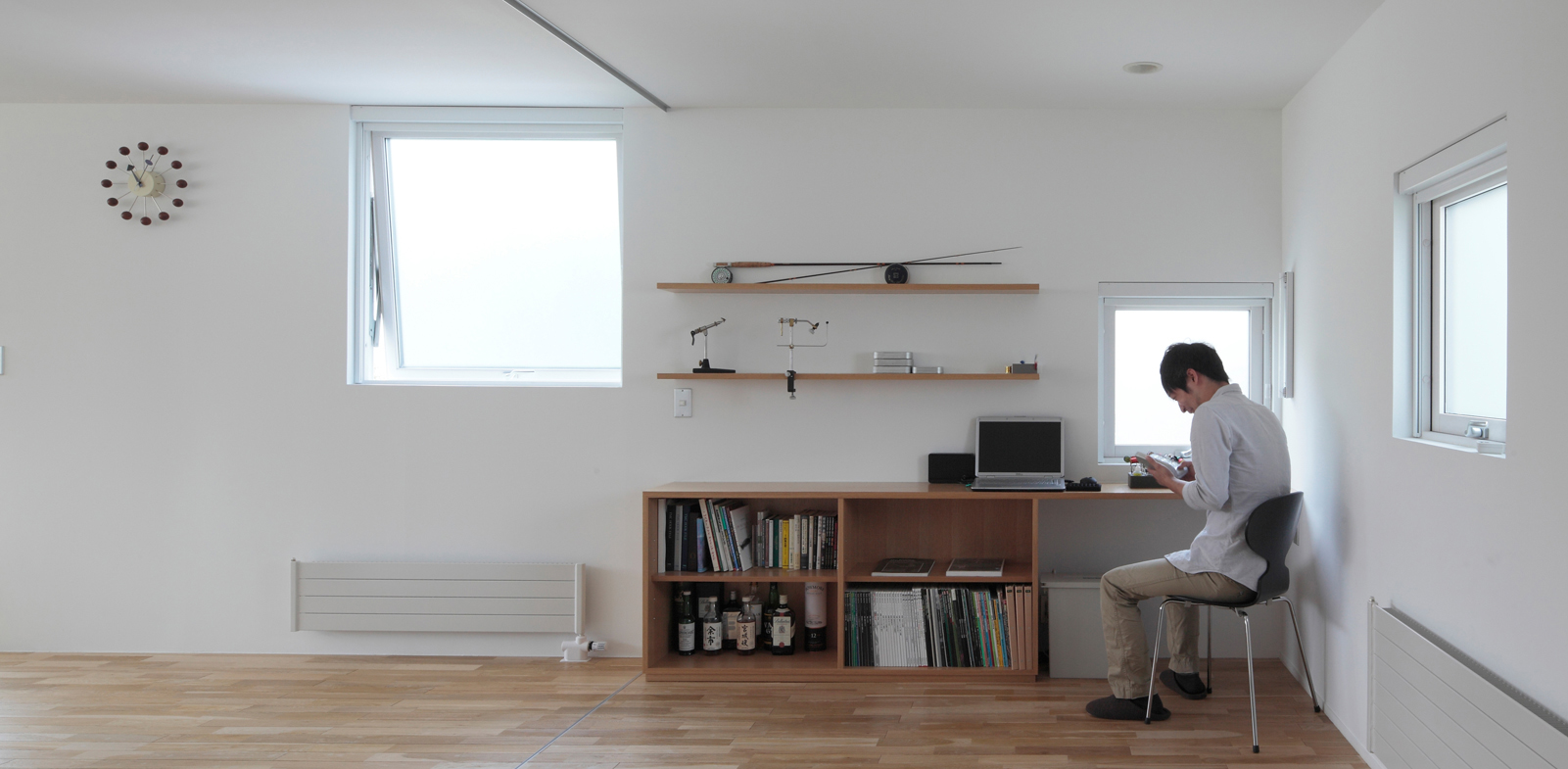Creating an enticing job posting is a crucial part of finding the perfect candidate to join your team. Beyond simply advertising an open position at your company, a well-written advertisement for the job allows you to target the right candidates, as well as generate quality applications. In addition, it will save you (at least some) extra work of sorting through excess materials submitted by unqualified or unsuitable applicants. Further down the line, an effective job posting can reduce turnover in your team, which can occur when there are miscommunications about expectations about the job or your company.
Create Your Architecture Job Posting
Historically, candidates were expected to pitch themselves to companies; however, hiring dynamics have shifted in the past decade. Today, the opposite is true: as the employer, you will need to sell the position and your company to find the best candidate for the job. To this end, Architizer recommends the following five tips for crafting the perfect job listing for the AEC industry. Then, once you’re ready to attract the world’s top architectural talent, list your Job Post on Architizer’s Jobs Board and tap into our audience of over half a million talented architects, designers and students that come to Architizer every week.
1. Consider the Anatomy of a Perfect Post
Formatting is an often overlooked aspect of the perfect job posting that can make all the difference. On average, job seekers spend less than 30 seconds reviewing any given job posting. So, you have a small window to ensure that potential candidates understand the position and related expectations.
- Architects deal with aesthetics: it is important to make sure that each job post look great. Take time to fully fill out your firm profile, including uploaded images. Details like a firm logo and a hero image are just as important as a thoughtful firm description and will help to visually distinguish your post.
- Ensure that the advertisement is easy to read by utilizing subheadings and bulleted lists.
- The location of the text is everything. Place the most engaging and exciting content front and center to grab job seekers’ attention and ensure that they read further. You can follow this with pertinent details about the role itself.
- Brevity is key: strike a balance between including all relevant information while keeping the text to the point (more about that later).
2. Carefully Craft Engaging Prose
One of the first steps for creating interest in a position is to advertise the central tasks a successful candidate will perform while highlighting aspects of the role that make it unique. The goal of the post should be to allow applicants to imagine themselves in the advertised position and assist them in determining if they are a qualified candidate.
- Begin the job description with a succinct definition of the position’s primary functions and goals: include the required tasks, how employees will complete those tasks, and the types of daily interactions they can expect (ex: how will they fit within your team and how will they relate to clients).
- Word your prose as if you are speaking directly to a job seeker — use the present tense and avoid broad, third-person generalizations such as “the right candidate.” Likewise, be sure to use gender-neutral phrases or inclusive pronouns by listing “he/she/they.” By wording the job posting more personally, you will encourage potential applicants to envision themselves in the role.
- Avoid long lists of general skills; if you are posting for a standard job, such as Architectural Designer, ask yourself what makes your posting unique. Does your firm specialize in Sustainable Design or even Residential Construction?
3. Be Concise and Use Adjectives Wisely
To strike the elusive balance between a short post that is still informative, use adjectives strategically. This approach will help you capture the job seekers’ attention; at the same time, the adjectives used in the job description will also set the expectation for the quality of work that you expect.
- Opt for specificity instead of using broad, vague terms (ex: “May be responsible for coordinating with clients” versus “Will prepare design presentations including sketches and material boards, working drawings and construction details, millwork details and specifications”).
- Include the frequency, avoiding vague terms such as “When needed,” “Occasionally,” or “Often.”
- Consider adjectives that describe the personality of your ideal hire, such as “Deadline driven” or “Fast learner.” Then, take this one step further by qualifying the clarifying the adjective you have chosen with a concrete task: “Ability to learn policies and procedures quickly.”
- Allow applicants to assess their capabilities and decide whether they are suitable for the role by carefully weighing adjectives that describe the work environment, such as “Fast-paced.”
4. Remember to Sell your Firm
While it is vital to list the skills that you require for the role, it is equally important to sell the right candidate on the job: most people prioritize finding the right cultural fit in their job search processes. Therefore, in addition to asking yourself, “What will set this job apart from candidates?” you should also consider “What makes my firm attractive to employees?” When answering these questions, be honest. Accurately representing who you are as an employer and your studio culture will also help weed out the wrong candidates, making suitable candidates that much easier to spot.
- Highlight unique and specific details that make your firm stand out: do you specialize in a particular type of project? Are you a young, up-and-coming studio? Are you a multi-state or multi-national firm with opportunities to move around? While being specific allows candidates to picture themselves at your company, providing them with an honest picture of your workplace is vital: someone looking for a boutique studio experience will not be happy in a more commercial operation. Some candidates may be looking for a fast-paced environment, while others may prioritize finding a team that feels like a family.
- Remember to show, not just tell: a formally worded or stuffy job posting may send candidates a wrong message, indicating an unfriendly atmosphere or a restrictive work environment.
5. Don’t ignore Compensation: Include salary and benefit information
Employers often wait to discuss salary during the interview process; however, compensation will play a significant role in a candidate’s decision to apply even before the job offer stage. By being upfront, you will make your job posting more attractive to some candidates. In contrast, others who would ultimately turn down an offer that is not commensurate with their going rate will refrain from applying, therefore saving you time and energy. Thus, rather than waiting until the offer stage to discuss financial compensation, communicate salary and benefit information in the job description.
- If you offer competitive compensation, say so. Even still, allow for some flexibility: always list a salary range instead of a specific dollar.
- If your salaries are less competitive, emphasize what you can offer instead. For many candidates, benefits are a crucial consideration. Medical, dental and vision coverage can go a long way. Likewise, intangible benefits like employee perks, advancement opportunities, the chance to learn new skills, take on exciting projects, travel, and flexible schedules are universally appealing and will help to set you apart.
Create Your Architecture Job Posting






 Real Estate Agency
Real Estate Agency 


